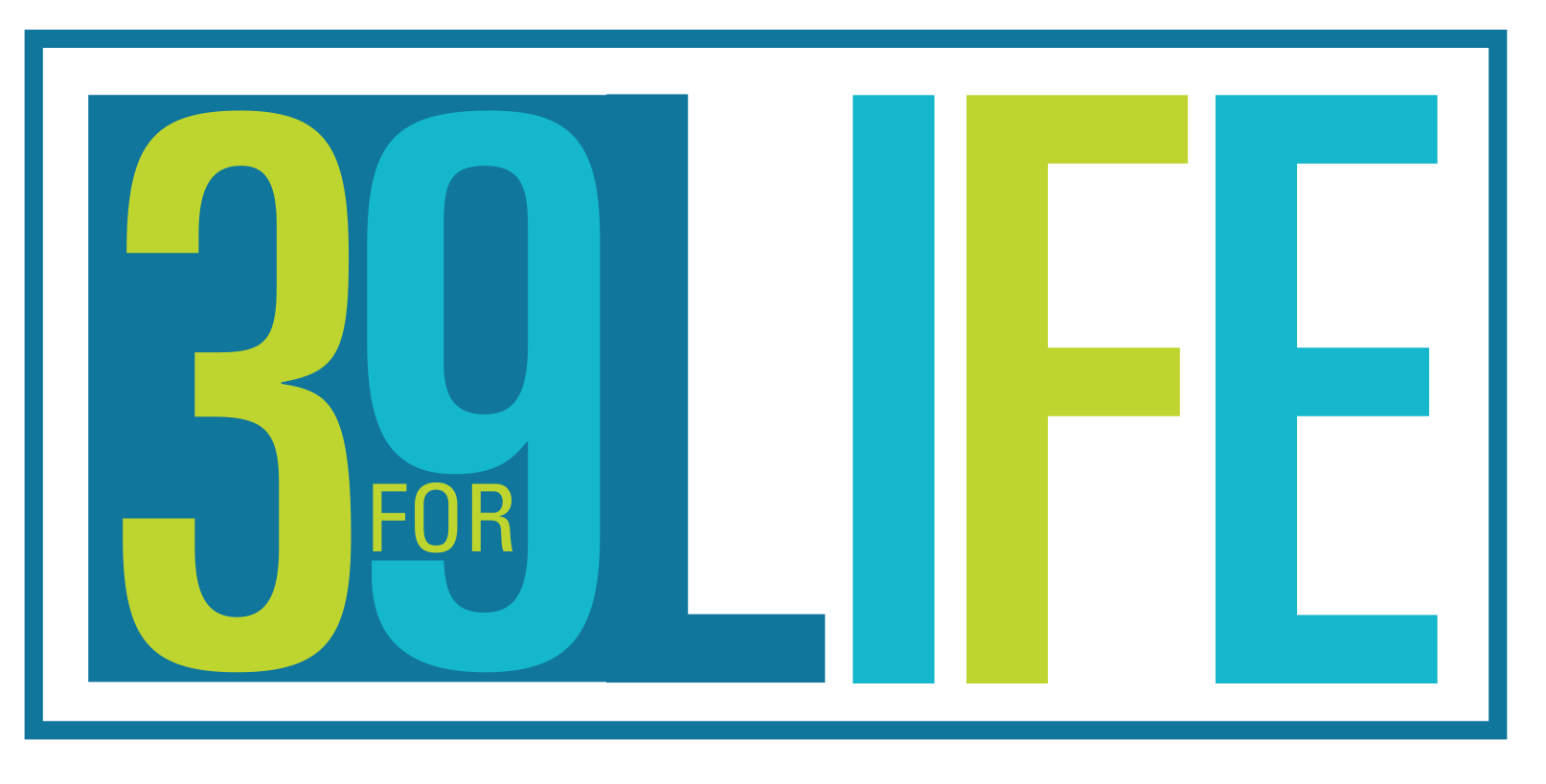If you are going outdoors, don’t forget the sunscreen. But how can you be sure which sunscreen is best for you? With almost 100,000 new cases of melanoma projected this year, it’s important to find a sunscreen that is effective and also fits your lifestyle.
How Do The SPF Numbers Add Up?
A quick glance at the grocery shelf will prove that there are a variety of SPF numbers and specialized products. To know whether you should select SPF 50 over SPF 15 it helps to understand the SPF rating system.
The Sun Protection Factor (SPF) is based on the average rate that the skin reddens when exposed to harmful rays. The Skin Cancer Foundation estimates that it takes about 20 minutes for unprotected skin to redden, so a sunscreen with an SPF 15 extends the length of time it will take for reddening to occur 15 times longer or about five hours. Sunscreen products with an SPF 30 should delay the risk of damage by 30 times. Does that mean you can apply sunscreen in the morning and sport around town all day with no worries about damaging sun exposure? Not exactly.
Shedding Some Light On The Threat Of Sun Damage.
There are two types of UV rays, and both can do heaps of skin damage. The Ultraviolet A wave (long wave) is best known as the dominant tanning ray and is used in most tanning beds. According to experts, it also penetrates the skin more deeply than UVB and is responsible for premature skin aging and wrinkling. “A tan results from injury to the skin’s DNA,” say experts at the Skin Cancer Foundation. “The skin darkens in an imperfect attempt to prevent further DNA damage.”
The other player in this dastardly duo is the UVB ray (the short wave). This UV ray claims the duties of skin reddening and sunburn and is responsible for the development of skin cancer and photoaging. Unlike UVA rays, UVB ray intensity varies throughout the day and with the seasons, with the most risk of damage occurring between 10 a.m. and 4 p.m. and from April to October in most areas.
Related link: 4 Important Things To Know About Sunscreen and Sun Protection
How Much Sunscreen is Enough?
In a recent Reuters article, writer Lisa Rapaport referred to an experiment where researchers set up ten complimentary sunscreen stations throughout the Minnesota State Fair. “About 17,000 people used the free sunscreen,” says Rapaport. “The researchers observed 2,187 sunscreen users and found just 33 percent of them applied it to all sun-exposed areas of their skin.”
Here’s an unofficial measurement for sunscreen: If you have more than half of the bottle left at the end of summer, you probably didn’t apply enough throughout the season. “I think the focus isn’t so much on the SPF number but on the amount you use,” said Amy Ross, activity coordinator at Fort Dodge Health & Rehabilitation. “Most people don’t apply enough sunscreen to be fully effective, so a good rule of thumb is to use enough sunscreen to fill a shot glass or about one ounce, and reapply it often.” Experts say to apply sunscreen 15 minutes before sun exposure and reapply at least every two hours.
Related link: 4 Simple Ways To Enjoy Sun Outdoor Fun
Look for Active Ingredients
Let’s be honest. The sunscreen we often buy comes down to price and how good it smells. But when choosing the most effective brand, experts suggest looking for specific active ingredients.
Many products contain substances like oxybenzone, octocrylene, and octisalate, which penetrate the skin’s surface and help absorb harmful UVA rays. But some experts have concerns about the way these substances interact with hormones. To avoid potential health concerns from using chemical-based substances, many products offer effective protection with mineral substances like zinc oxide and titanium oxide.
“. . . If you have zinc or titanium, one of these minerals in the product, it’s going to work much better,” says Huntsman Cancer Institute leading dermatologist Doug Grossman, MD. “And you almost don’t have to reapply it unless you are really getting wet and toweling it off.” Well, almost. You can never apply too much sunscreen too often, right?
This article was originally published by the Daily Herald.




